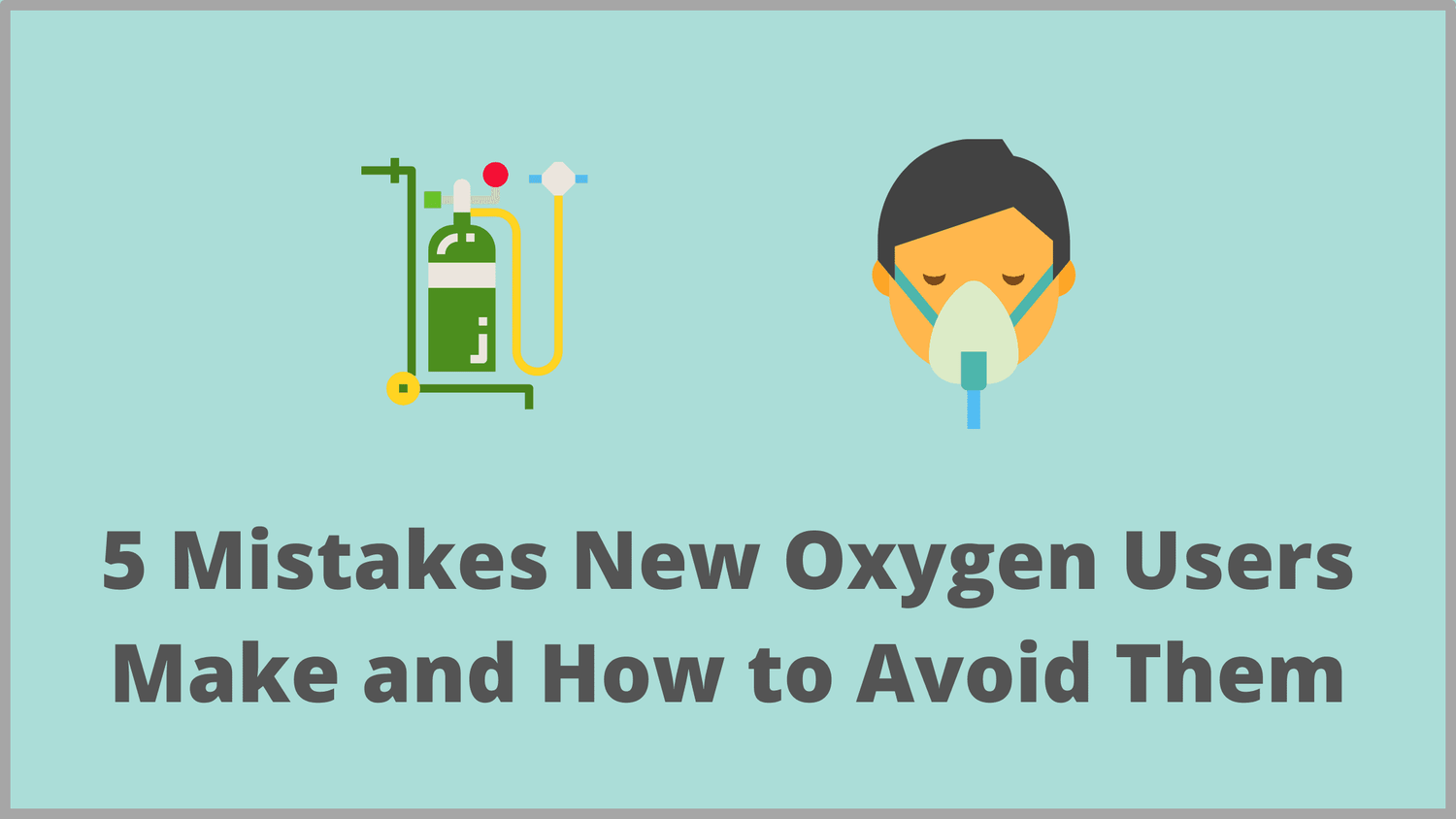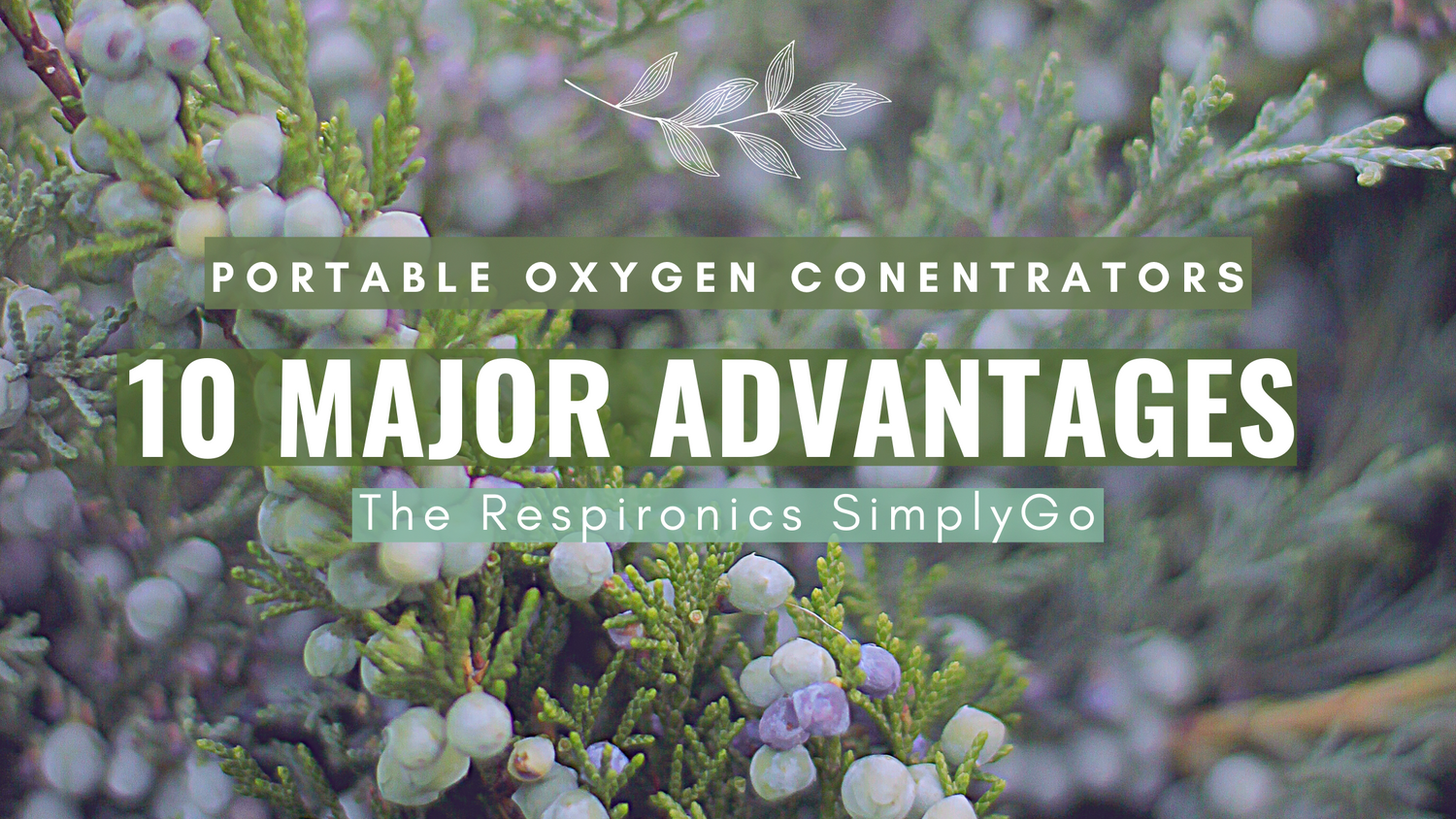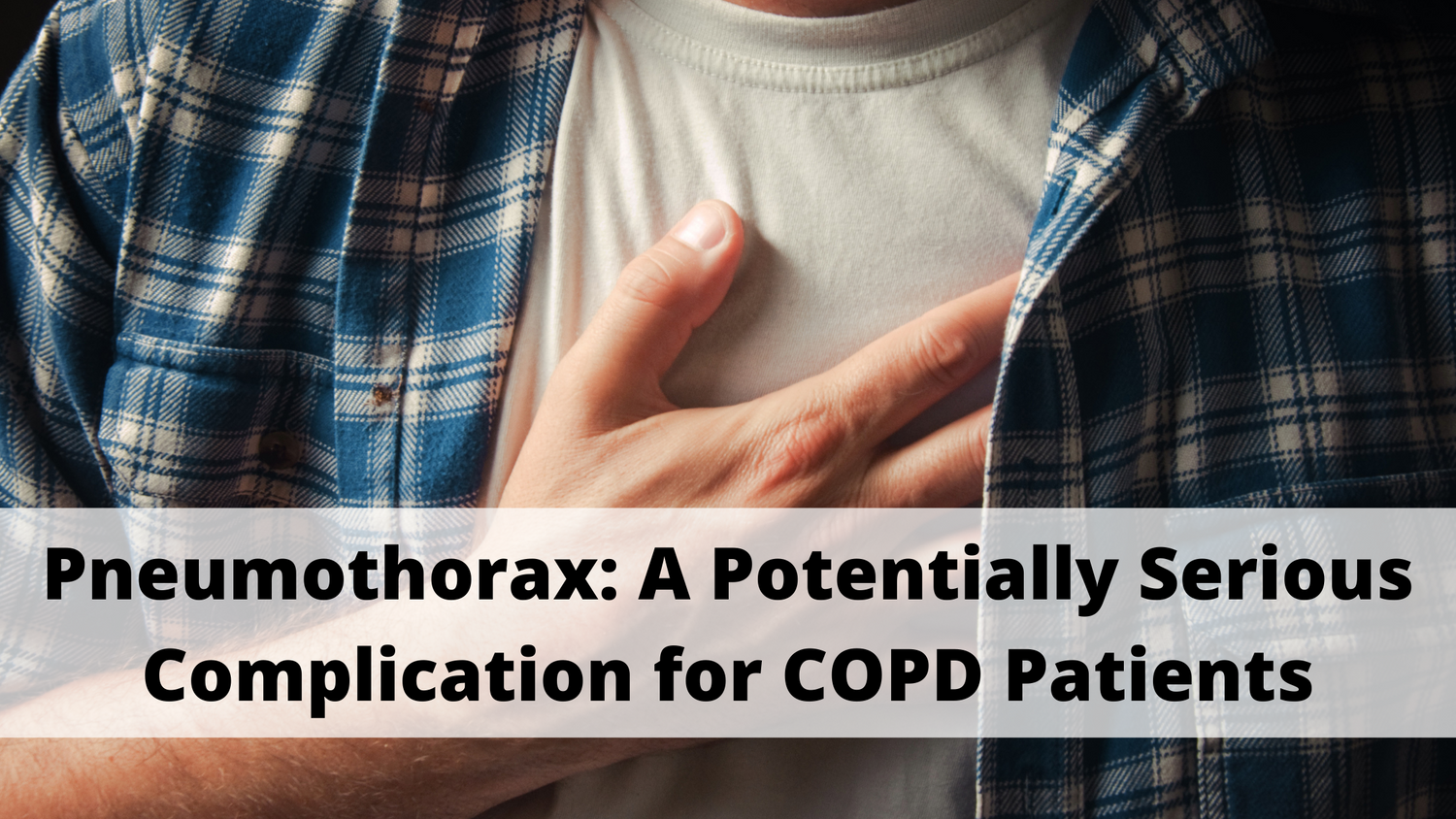Respiratory Resource Center - LPT Medical
5 Mistakes New Oxygen Users Make and How to Avoid Them
Supplemental oxygen therapy, or simply “oxygen therapy,” is...
Read More10 Major Advantages of The Respironics SimplyGo Portable Oxygen Concentrator
Think about your daily routine, it likely involves...
Read MorePneumothorax: A Potentially Serious Complication for COPD Patients
Chronic obstructive pulmonary disease (COPD) is one of the...
Read More


